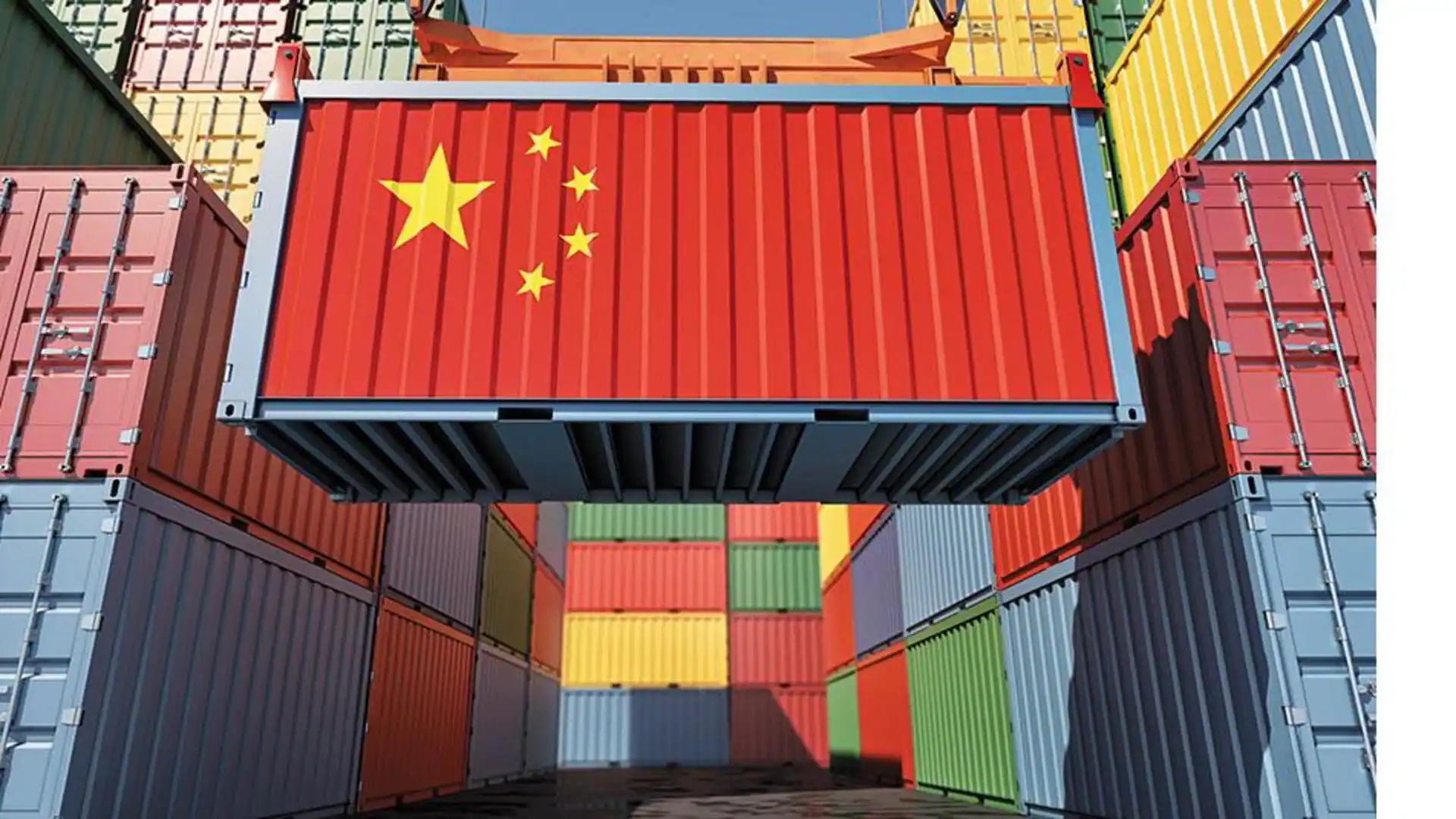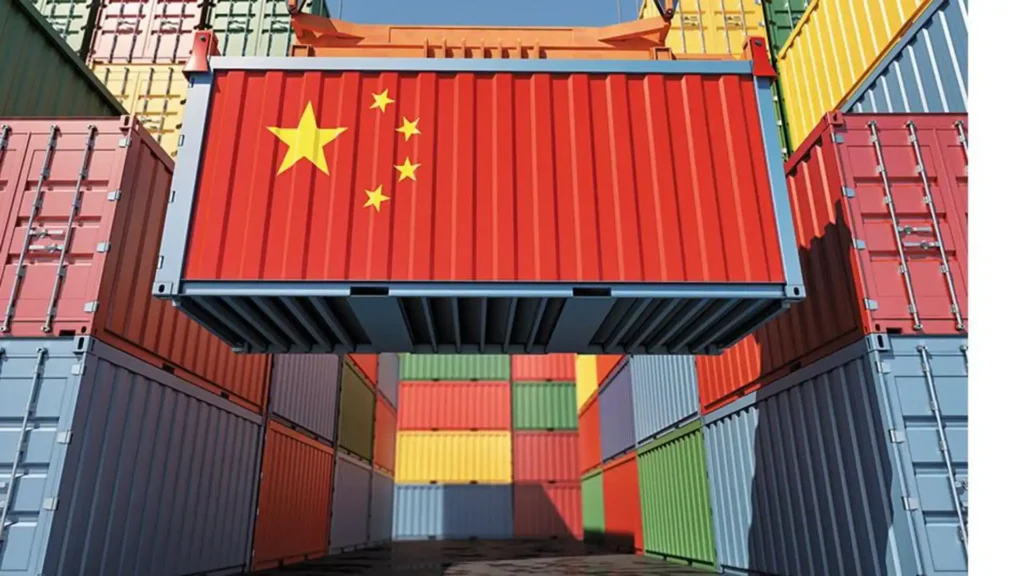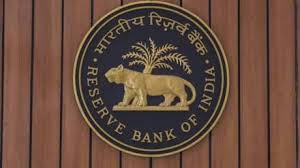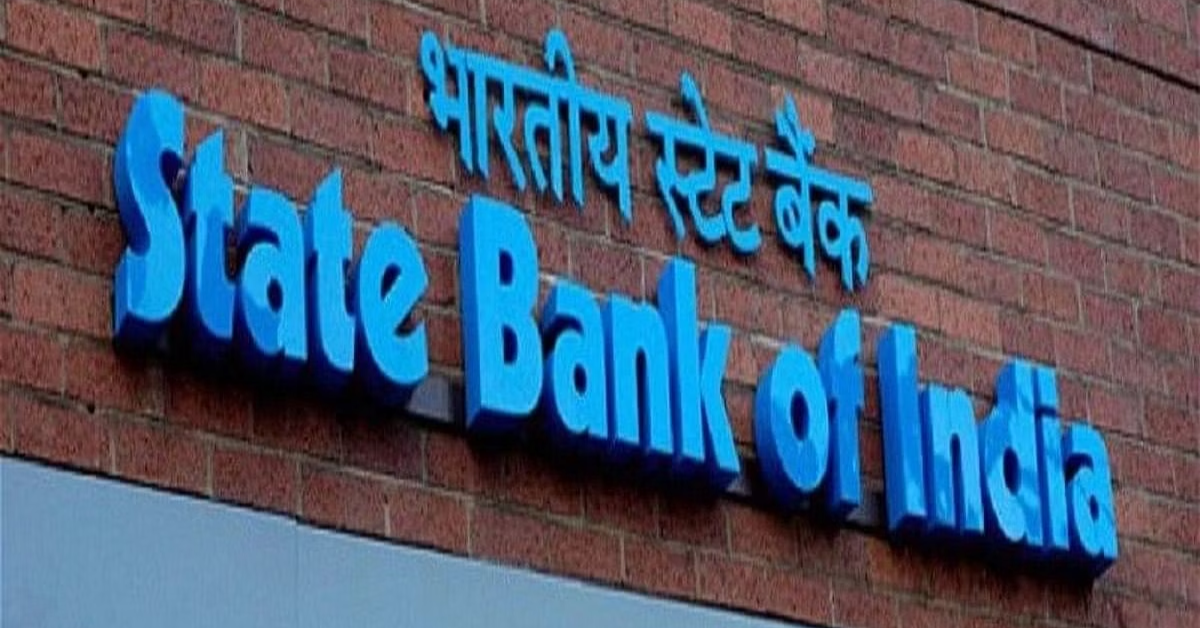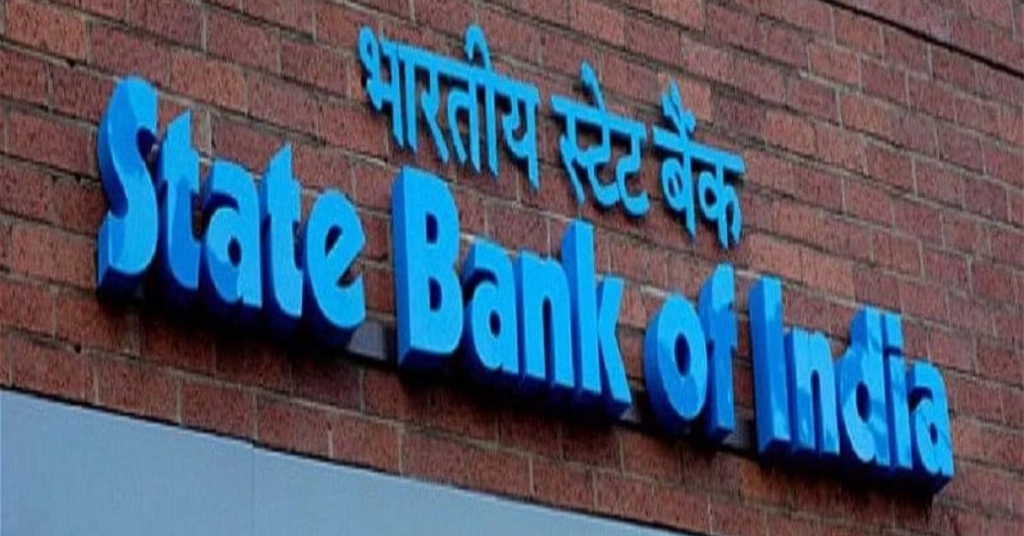
Tide partners with emsme to empower msmes
Tide, the UK-based fintech company, is deepening its commitment to India’s micro, small, and medium-sized enterprises (MSMEs) through strategic initiatives and partnerships. The core focus is on providing accessible and tailored financial services to empower this vital sector of the Indian economy. Tide recognises the significant challenges MSMEs face, including limited access to credit, complex regulatory requirements, and a lack of digital literacy. This commitment translates into proactive measures to address these pain points.
The partnership with emsme exemplifies Tide’s dedication to fostering growth within the MSME landscape. This collaboration aims to leverage emsme’s platform to reach a wider network of small business owners and offer them a suite of solutions designed to streamline their operations. Tide’s offering extends beyond basic banking services, encompassing tools for invoicing, expense management, and financial forecasting. The ultimate goal is to equip MSMEs with the resources they need to thrive in an increasingly competitive market.
Tide’s investment in the Indian MSME sector reflects its belief in the power of technology to democratise financial services. By integrating with platforms like emsme, Tide can offer tailored support and resources to help small businesses manage their finances more effectively. This partnership signifies a long-term vision to contribute to the growth and sustainability of the MSME ecosystem in India. Tide’s commitment goes beyond simply providing services; it’s about building a strong foundation for the future success of these enterprises.
Emsme Platform Overview
Emsme is a comprehensive digital platform specifically designed to cater to the diverse needs of MSMEs in India. It provides a centralised hub where small business owners can access a wide array of resources and tools to manage and grow their businesses. The platform’s core functionalities encompass areas such as business registration, compliance management, access to funding opportunities, and skill development programs. Emsme understands the challenges faced by MSMEs and aims to simplify complex processes, making it easier for them to operate efficiently.
The platform also offers a marketplace where MSMEs can connect with potential customers, suppliers, and partners. This fosters collaboration and helps small businesses expand their reach. Emsme’s user-friendly interface and multilingual support ensure accessibility for entrepreneurs from various backgrounds. The platform’s data-driven insights and analytics empower MSMEs to make informed decisions and optimise their business strategies. The partnership with Tide further enhances the platform’s value proposition by integrating financial services into its existing ecosystem.
Emsme’s commitment to supporting the MSME sector in India is evident in its continuous efforts to innovate and adapt to the evolving needs of small businesses. The platform regularly updates its features and services to incorporate the latest technologies and best practices. Emsme actively collaborates with government agencies, industry associations, and other stakeholders to create a supportive environment for MSMEs. This holistic approach ensures that small business owners have the resources and support they need to thrive in today’s competitive landscape, and the collaboration with the fintech Tide enhances the financial services offering.
Impact On Small Businesses
The collaboration between Tide and emsme is poised to generate significant positive impact for small businesses across India. By integrating Tide’s fintech financial services into emsme’s existing platform, MSMEs gain streamlined access to crucial financial tools and resources. This enhanced accessibility can translate directly into improved cash flow management, more efficient invoicing processes, and better overall financial planning for these enterprises.
One of the key benefits of this partnership is the potential to unlock new opportunities for MSME growth. With access to Tide’s suite of services, small business owners can make more informed financial decisions, optimize their spending, and potentially secure funding more easily. This empowerment can lead to increased profitability, expanded operations, and ultimately, a greater contribution to the Indian economy. The improved financial stability enables them to invest in growth initiatives, such as upgrading equipment, hiring more staff, or expanding their market reach.
Furthermore, the Tide and emsme partnership has the potential to drive financial inclusion within the MSME sector. By leveraging the reach of the emsme platform, Tide can extend its services to a wider range of small businesses, including those in underserved areas. This can help to level the playing field and ensure that all MSMEs have access to the financial tools and resources they need to succeed. The partnership exemplifies how innovative fintech solutions can be leveraged to empower small businesses and drive economic growth in India.



